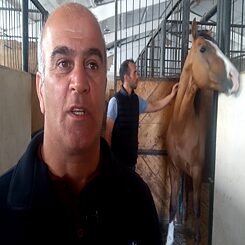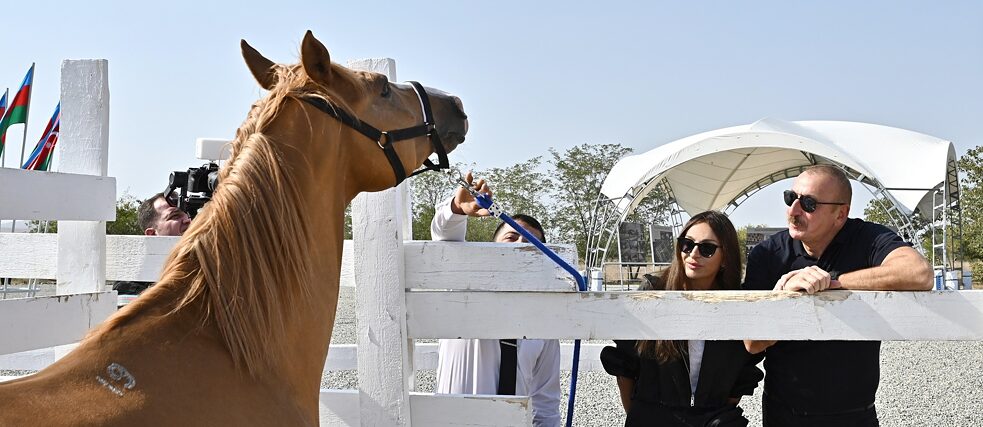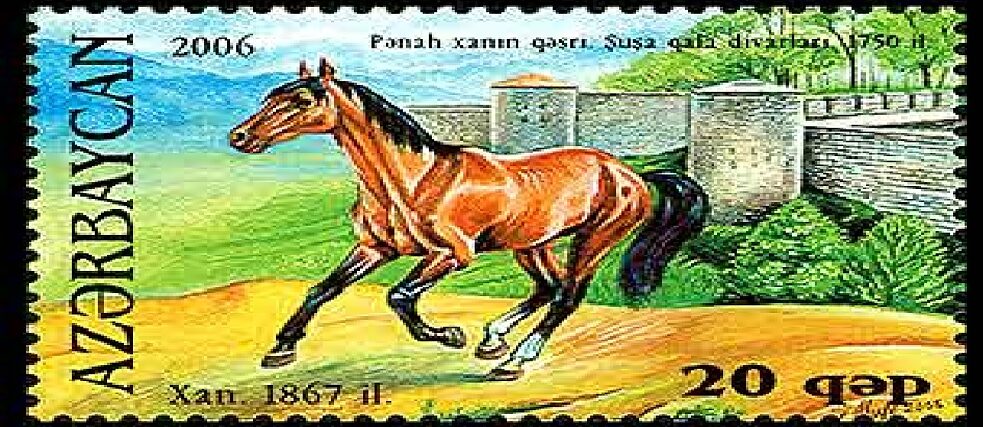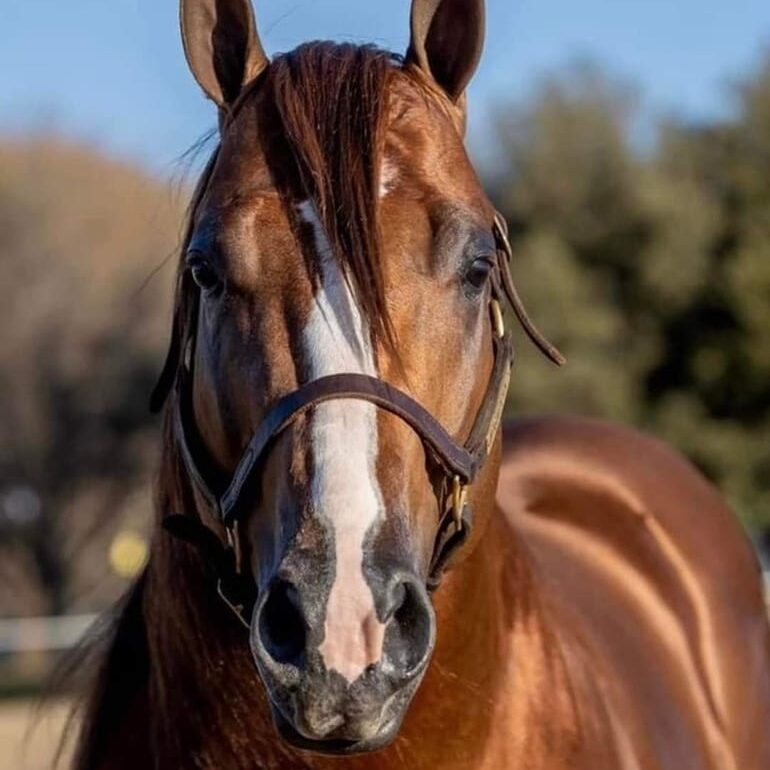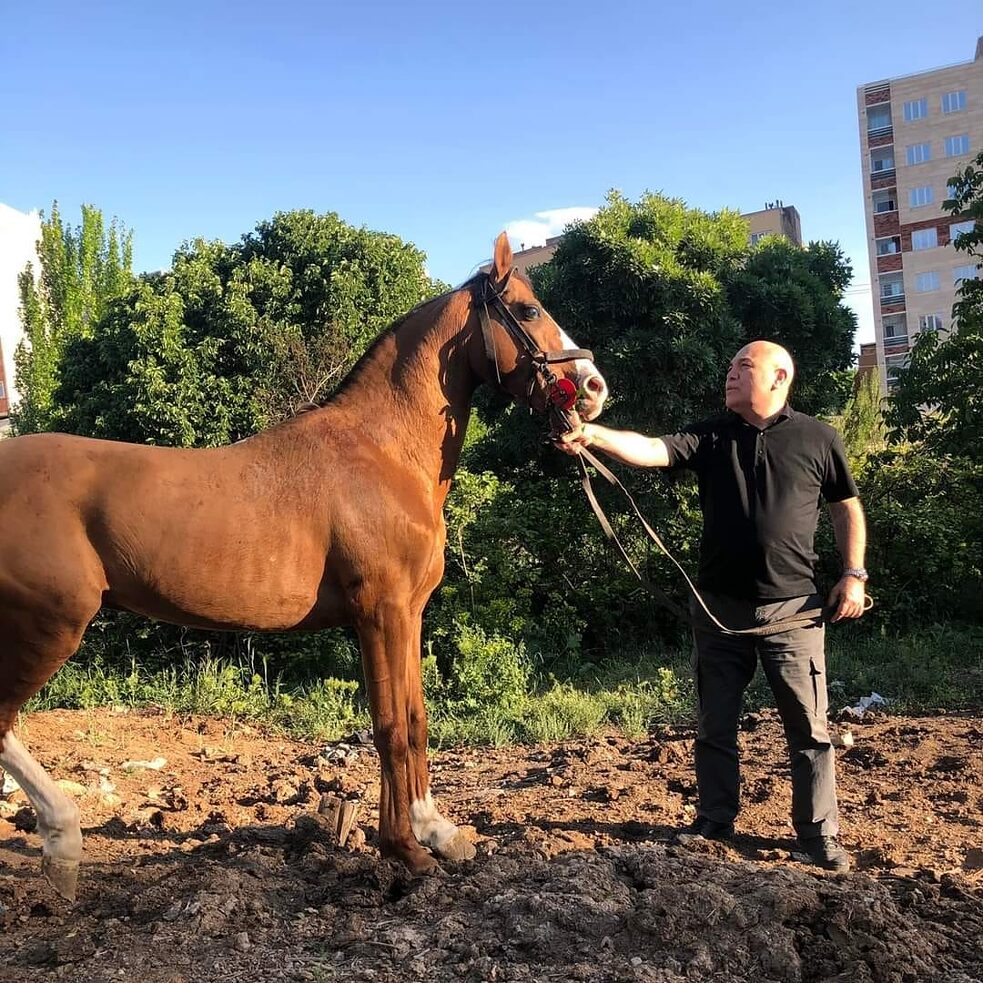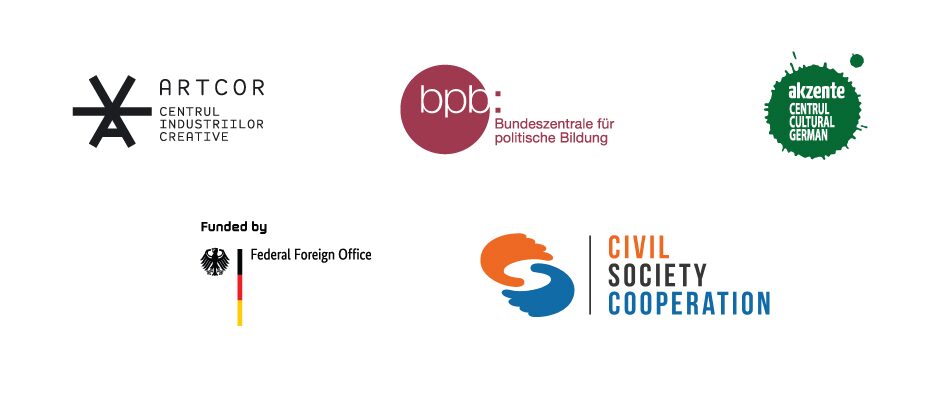World famous Karabakh horses striving to get back their places under the Sun
This article was produced in the framework of the "Unprejudiced" project with the support of the Eastern Partnership Programme and the German Federal Foreign Office in autumn 2022.
Author: Ismayil Fataliyev
Horse breeding in Azerbaijan, a country with a predominantly Turkic speaking population, is one of the ancient activities inherent in all once nomadic Turkic peoples. No wonder that Karabakh, its ancient mountainous region famous for horse breeding, now boasts a worldwide well-known breed of golden red or even ginger horse. Recognized as one of the best breeds of the Orient, this horse`s distinctive feature has always been its ability to overcome mountainous and rough terrain. Its thorough breeding dates back to the times of the Karabakh Khanate, a feudal quasi-state entity of the 18th-19th centuries. For many generations, the rulers of the Khanate held exclusive rights to their breeding in Khan`s horse breeding farms. It was strictly prohibited to keep miscellaneous breeds together in order to preserve the purebred of the Karabakh horse. For a long time, the export of these horses to other countries was banned in order to maintain military and political superiority, since at that time the power of the army largely depended on the strength of the cavalry. Nowadays, a calm and friendly animal by its nature, this horse is mainly used for racing. However, the Karabakh horse has gone through the sad and turbulent times of the last three decades. Within this period, the Karabakh conflict forced this horse to become an IDA, an internally displaced animal. In addition to this, subsequent negligence and careless attitudes put this unique breed under the risk of extinction.
Shamsaddin Atayev, 56, is a hereditary breeder of Karabakh horses from Aghdam. His family has been engaged in this activity for decades and passed it down from generation to generation. Shamsaddin used to work at the Agdam stud farm from when he was young until the outbreak of the first war in Karabakh. When his hometown was occupied, the family barely managed to take their belongings and moved to Baku. But he was happy to manage to escape with two Karabakh horses: “I have literally seen these horses since I first opened my eyes and feel very attached to them. My grandpa used to say, ``If you are short of money, sell whatever you want except for Karabakh horses.”
Now, the horse breeders` family, i.e.Shamsaddin with his two sons and his brother with his two sons, are members of a horseback rider team and run a horse farm. They can boast a dozen thoroughbred Karabakh horses that are kept in stables close to the Baku city hippodrome.The Atayevs family has settled down nearby too to look after the horses carefully. However, Shamsaddin acknowledges that ideally these horses should be bred and kept in the highland region of Kalbajar in summer, and the relatively lowland region of Aghdam in winter:”I look forward to the opportunity to return my horses to their historical homeland, to Karabakh.”
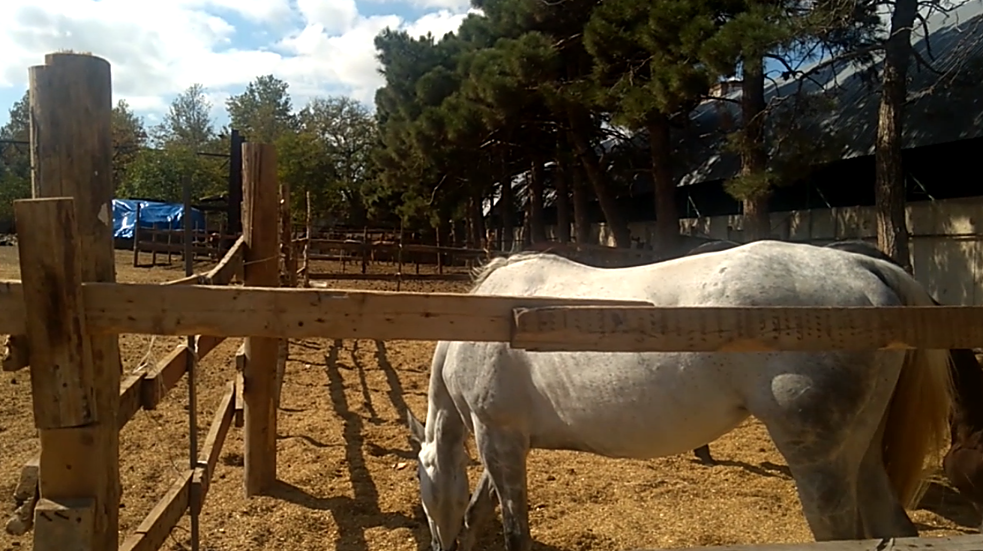
As a result of the 2020 Karabakh war, Azerbaijan also regained control of seven adjacent regions around the mountainous Karabakh, including Kalbajar and Aghdam. Still, visiting the territories currently under Azerbaijani control is not safe for people, let alone horses. The vast territories hide numerous anti-personnel and anti-tank mines beneath the ground as an echo of the wars of the last three decades. Thus, since November 10th,2020, as a result of explosions by mines in the ex-war zone, seven military personnel and 32 civilians died, 19 military personnel and 67 civilians were wounded.
Nevertheless, Karabakh horses do feel a threat to their lives. They still experience the threat of extinction as it was in the last century after WW 2. Similarly to the Soviet rulers who inaugurated a stud farm in 1948 in Aghdam to tackle this issue, the current authorities too decided to increase the number of species by opening up a horse breeding center instead of the war-torn stud farm in the village of Eyvazkhanbeyli, Aghdam. In 2018 another fully-equipped center on an area of 35.5 hectares was opened in the Hamtorpag district of the Agjabedi region, the place where the Soviet-time Aghdam stud farm moved to after the Armenian occupation.
Together with war, the internal situation in the country and negligence towards the horse breed during the last decades have brought the threat of extinction closer. Scholars are skeptical about the future of this breed and call on immediate actions: “If any horse breed has a livestock of less than 500 species, then it is considered extinct. And we can't even count 100 Karabakh horses,`` says Pasha Gasanly, a scholar from the Academy of Science of Azerbaijan, adding that these horses should not be considered the national heritage of Azerbaijan only, but of the entire world.
Karabakh horses are quality breeding material for improving the rest of other breeds. For example, these horses have tremendously contributed in improving the Don and the English Thoroughbred breeds.
There is no consensus on how many Karabakh horses inhabit Azerbaijan. The Latvian horse breeding expert Dace Strausa says all announced numbers of horse heads are nothing but guesses and speculations. The only way to verify the true numbers is the mandatory registration of all Karabakh horses in Azerbaijan under state law. Based on the analysis of the gathered data, a breeding program on Karabakh horses should be introduced. Based on historical research and the low population of Karabakh horses, the program should define the quantity and types of bred horses that should be included:” We won’t do anything without the system as it is a strong thing. You can’t go against the system.”
Karabakh horses are considered the oldest breed of horse in Asia and the Caucasus.
According to horse breeders, Karabakh horses differ from the 260 horse breeds known in the world. It is fast to adapt to both cold and hot climates, is specially selected for agility and easily applicable in mountainous areas. In Azerbaijan, they are called koklan i.e.purebreds with the kok standing for root. Colloquially, they are also referred to as sarylar i.e. golden ones, because the distinctive feature of Karabakh horses is the golden color of their bodies with their mane and tail being dark chestnut in color.
Although it is believed Russians and Europeans came across this breed for the first time on the territory of the Karabakh khanate, one of the self-governed break-away entities of the dissolving Persia, in the late 18th century, the first official mention fell almost a century later. In1860, Karabakh horses were recommended as riding, drill horses as well as improver horses in Russia. At that time, this horse breed took part in numerous international exhibitions and won prizes. For example, one horse won a prize at the All-Russian Horse Exhibition in 1867. In the same year, the other one named "Khan" received a prize at an exhibition held in France.
Undoubtedly, since then, the breed has changed. Aleksandr Zaitsev, the head of the Russian research Institute of horse breeding, says, in order to preserve breeds that have accompanied the people for centuries, the preservation of their original natural place of habitat, i.e. Karabakh, is a paramount issue:” Without the preservation of in situ ( i.e. in the location, in the natural environment, in the original place or in the place where something should be) in habitats, this is also impossible. This will require a lot of work.”
Private horse breeders call on changing the approach to the breed of Karabakh horses. First and foremost, they say, the threat of extinction of Karabakh horses must be admitted, not underestimated or silenced by government agencies.Secondly, the Azerbaijani Equestrian Federation should not deal with breeding work of Karabakh horses:”Nowhere in the world does an equestrian federation do this. They can go in for sports, arrange races, although they have not succeeded in the last years. I would like the Ministry of Agriculture to control all breeding work,” says Yashar Gulu-Zadeh, a private horse breeder with 22 years' long experience, the editor-in-chief of the studbook of his Karabakh horses.
Interestingly, even though two studbooks on Karabakh horses covering the periods of 1958-78 and 1981-2001 were published, there is still no state-published studbook since 2001. It is needed to have a database of registered horses, issue passports to horse owners, and know the whereabouts of horses. Among other relevant work to do, as specialists say, are training of experts, subsidization of horse breeders, organization of horse shows and other breeding events, as well as the systematic assessment of the livestock.
As for the latter, although there are enough stallions to make selections, adds Yashar Gulu-Zadeh, the horse breeding in the country lacks mares. Private horse breeders offer to use biomaterials of mares across the border from Iranian Azerbaijan that are genetically close to Karabakh horses.
“This work will continue until the Ministry of Agriculture unites all these horse farms.
A lot of young people have gathered around this breed. If the Ministry of Agriculture hears us and takes seriously the methods by which we can go forward, then we will save the breed.”
